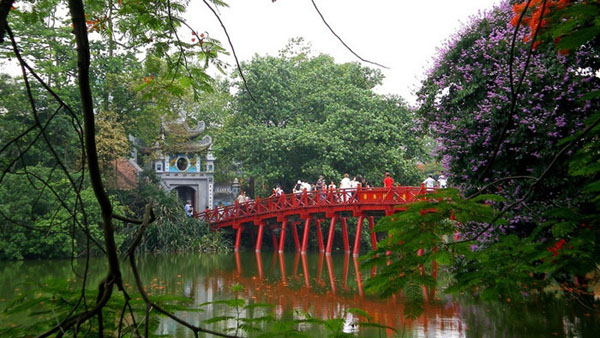


|
Hanoi has been ranked seventh on a new list of the world’s fastest-growing tourism cities. According
to the report, Hanoi ranked after Osaka, Chengdu, Colombo, Abu Dhabi, Jakarta
and Tokyo.
Jakarta
and Hanoi’s entry into the list of top 10 fastest growing cities points to
Southeast Asia’s rising significance as a key travel hub. Hanoi is placed 7th,
up from 13th last year. In 2016, the Vietnamese capital welcomed 2.94 million
overnight visitors whose total spending stood at US$1.1 billion. Ho Chi Minh
City ranks 15th in the global list with foreign arrivals growing by 11.1% on
average since 2009.
The
survey, which ranks 132 cities, found that travel and tourism in the Asia
Pacific region are showing no signs of slowing down, with the region
dominating visitor arrivals once again.
More than
half of the top destination cities reported an increase in spending,
consistent with or greater than their GDP increases between 2009 and 2016,
and are primed to be engines of broad economic growth for their respective
countries.
Hanoi was
named as the cheapest travel destination by TripAdvisor travellers between
2014 and 2016. The travel site estimated last year that a three-night holiday
for two in Hanoi costs only $494, nearly four times less than New York, the
most expensive travel destination in the ranking.
In 2015,
the visual social network Pinterest ranked the Vietnamese capital as the
third most-pinned location of all time, while Lonely Planet labelled the
city's Old Quarter as a once in a lifetime experience.
International
arrivals to Hanoi in 2016 increased by 23%, to more than four million from
the previous year, and the number reached 3.5 million in the first nine
months of this year, a 24% annual increase.
|